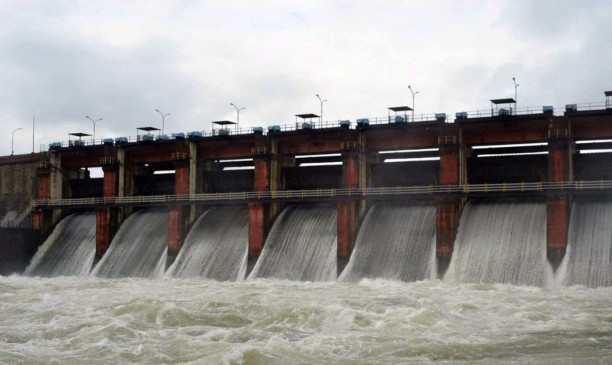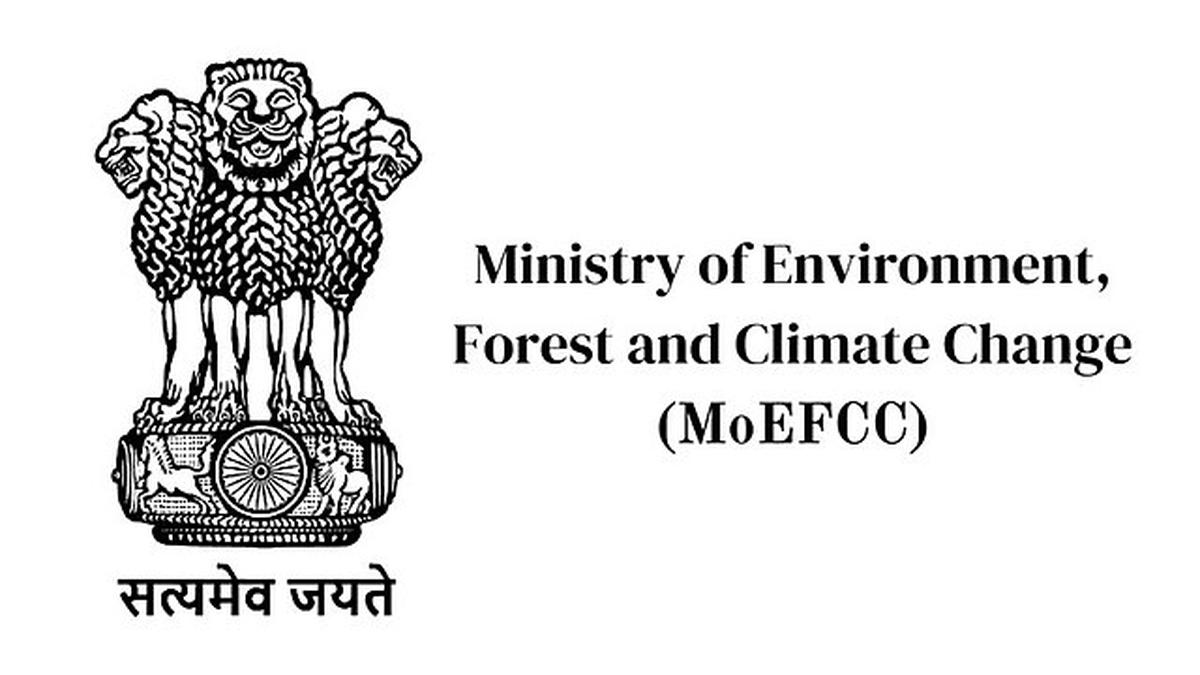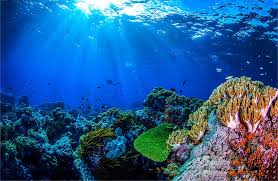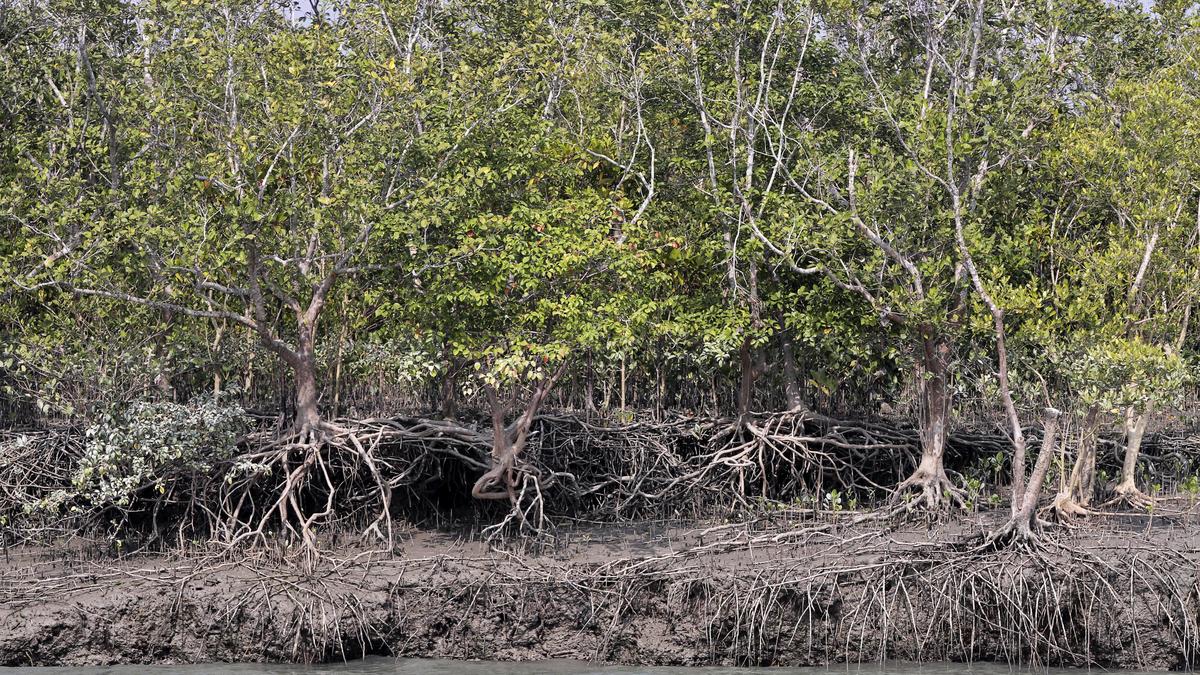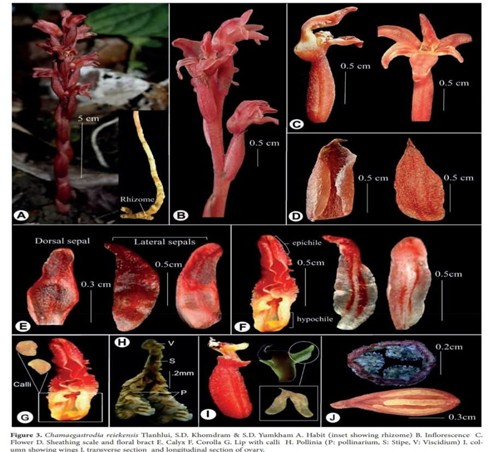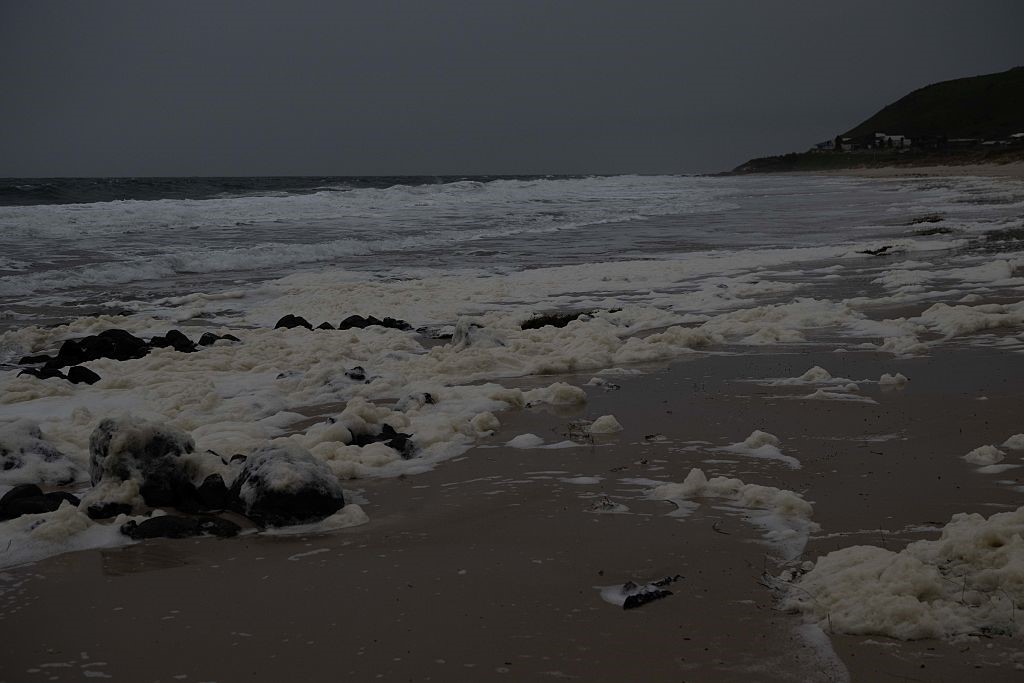Description

Disclaimer: Copyright infringement not intended.
Context
- Recently, the 2023 Adaptation Gap Report was released.
2023 Report
- UNEP’s Adaptation Gap Report 2023: Underfinanced. Underprepared – Inadequate investment and planning on climate adaptation leaves world exposed finds that progress on climate adaptation is slowing when it should be accelerating to catch up with these rising climate change impacts.
About the Report
- The Adaptation Gap Report (AGR) is an annual UNEP flagship publication.
- The Adaptation Gap Report (AGR) has been published each year since 2014 by the UNEP.
- The report's primary objective is to inform the negotiators of the UNFCCC Member States, and the broader UNFCCC constituency, about the status and trends within climate adaptation at global and regional levels.
- The AGR also provides a set of science-based options to policymakers and decision-makers to increase ambition in adapting to climate change across key climate-sensitive sectors.
- Since 2014, UNEP has produced science-based assessments of the adaptation gap with the purpose of facilitating an adequate adaptation response in the context of the temperature and adaptation goals of the UNFCCC process.
- The adaptation gap is the difference between actually implemented adaptation and a goal set by society, determined largely by preferences related to climate change impacts, and reflecting resource limitations and competing priorities.
What’s new in this year’s report?
- The report – which looks at progress in planning, financing and implementing adaptation actions – finds that the adaptation finance needs of developing countries are 10-18 times as big as international public finance flows. This is over 50 per cent higher than the previous range estimate.
- The modelled costs of adaptation in developing countries are estimated at US$215 billion per year this decade.
- The adaptation finance needed to implement domestic adaptation priorities is estimated at US$387 billion per year.
- Despite these needs, public multilateral and bilateral adaptation finance flows to developing countries declined by 15 per cent to US$21 billion in 2021.
- As a result of the growing adaptation finance needs and faltering flows, the current adaptation finance gap is now estimated at US$194-366 billion per year.
- At the same time, adaptation planning and implementation appear to be plateauing.
- This failure to adapt has massive implications for losses and damages, particularly for the most vulnerable.

Way Ahead
- This report identifies seven ways to increase financing, including through domestic expenditure and international and private sector finance.
- Additional avenues include remittances, increasing and tailoring finance to Small and Medium Enterprises and a reform of the global financial architecture.
- The new Loss and Damage fund will also need to move towards more innovative financing mechanisms to reach the necessary scale of investment.
|
PRACTICE QUESTION
Q. Which organization releases the Adaptation Gap Report?
A. United Nations Conference on Environment and Development (UNCED)
B. Council on Environmental Quality (1981)
C. United Nations Environment Programme (UNEP)
D.Conservation International
Choose the correct code.
1.A
2.B
3.C
4.D
Answer
1. C
|






